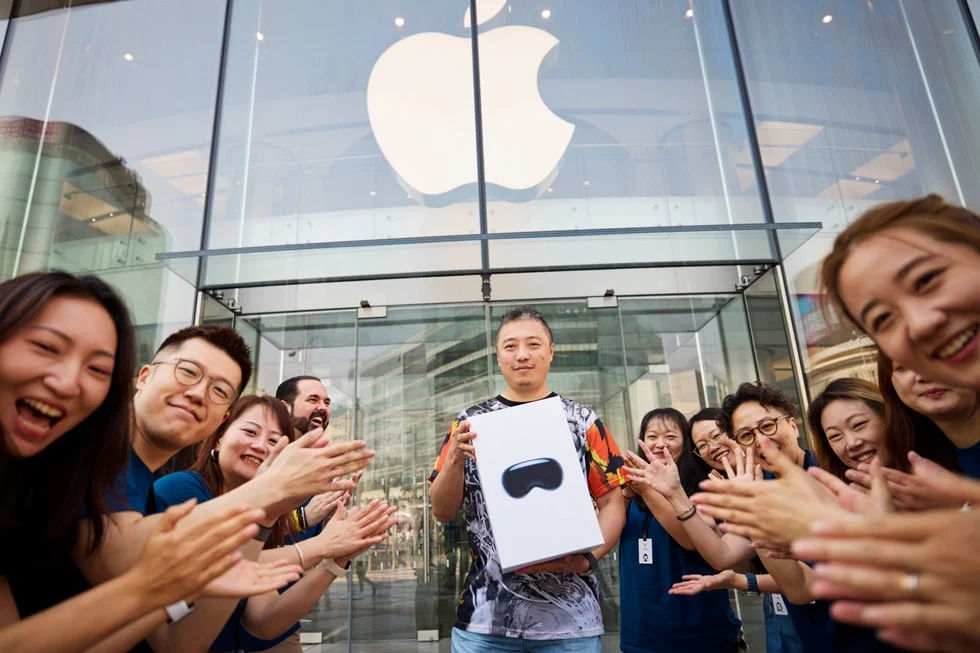Key Takeaways
1. Apple is developing a lighter, compact version of smart glasses aimed for everyday use, set to launch in 2026 after the Vision Pro 2 headset.
2. The new smart glasses will feature cameras, speakers, and microphones for calls, navigation, music, and translation, focusing on design rather than groundbreaking technology.
3. Apple’s approach is to create AR glasses that look like regular eyewear, avoiding the bulky designs of traditional headgear.
4. There are considerations for integrating vision technology into other devices like the Apple Watch and AirPods, but progress is mixed with some projects on hold.
5. Apple’s future in AI devices may diverge from the iPhone model, with potential challenges from competitors, including former chief designer Jony Ive working with OpenAI.
In an effort to accelerate the launch of its Vision Pro 2 AR/VR headset, Apple has decided to set aside a lighter and more compact version that resembles standard glasses rather than bulky ski goggles.
New Smart Glasses on the Horizon
The project for smart glasses from Apple seems to be revived, but it will take the shape of a simpler gadget that can be used on a daily basis. This new device is comparable to the Meta AI Ray-Ban glasses, which are currently available for under $400 on Amazon.
Expected to hit the market in 2026, the new smart glasses will come after the release of the Vision Pro 2 later this year. They are anticipated to be crafted from higher-quality materials and will likely have a more elegant appearance than Meta’s Ray-Bans. There’s also talk of a new generation of these glasses that could feature enhanced designs and ergonomics.
Features and Functions
Apple doesn’t plan to introduce any groundbreaking features with its 2026 smart glasses. Instead, they will distinguish themselves from the efforts of Meta and Google primarily through their design. The glasses are set to include cameras, speakers, and microphones to facilitate calls or voice commands, play music, provide navigation assistance, and offer translation on the move.
This is a more modest approach compared to Apple’s ultimate vision of creating true AR glasses that enrich the real world with digital information overlays while still resembling regular eyewear, avoiding the awkwardness of traditional headgear.
Future Innovations and Challenges
Apple’s engineers are reportedly considering integrating vision technology into other wearables, such as a camera-equipped Apple Watch or AirPods. However, the Watch project has seemingly been put on hold, while work on AirPods with cameras is still progressing.
After a rocky start with its iPhone AI rollout, Apple is searching for a successful approach to the next wave of AI devices that might diverge from the iPhone format. In a recent statement during the DOJ lawsuit against Google’s parent company, Eddy Cue from Apple hinted that “you may not need an iPhone 10 years from now as crazy as it sounds,” referencing the growing influence of AI-enabled devices.
Adding to the challenges for Apple, former chief designer of the iPhone and Mac, Jony Ive, has joined OpenAI to work on the next generation of AI-powered devices. Although Apple has stronger brand recognition, other companies have struggled to develop dedicated AI gear, making the introduction of smart camera-equipped Apple AI glasses or AirPods a potentially wise decision, with their success dependent on design and pricing.
Source:
Link


Leave a Reply